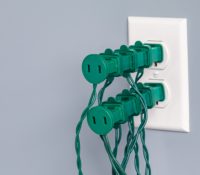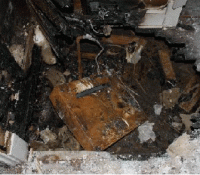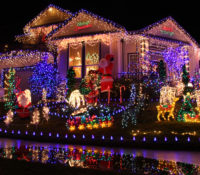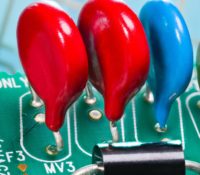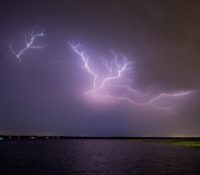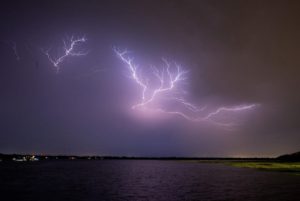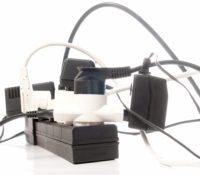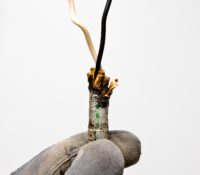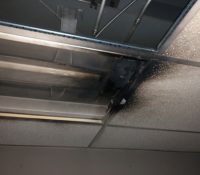Keeping the Home Fires Burning Without the Fires Burning Homes
As the Holiday Season approaches in the United States, it is a good time to take a look at several ways that the festivities can go awry.
For people that have cool or cold weather during winter, the thought of a warm, cozy home can be very comforting. However, many of the things that come to mind can turn the season on its head very quickly. Candles are a great example of a decorating trend with potentially serious side effects. The good folks at the National Fire Protection Association (NFPA) tell us that more than one-third of home decoration fires are started by candles, with more than two of every five decoration fires occurring because decorations were placed too close to a heat source. One fire I responded to as a firefighter occurred because Read More



